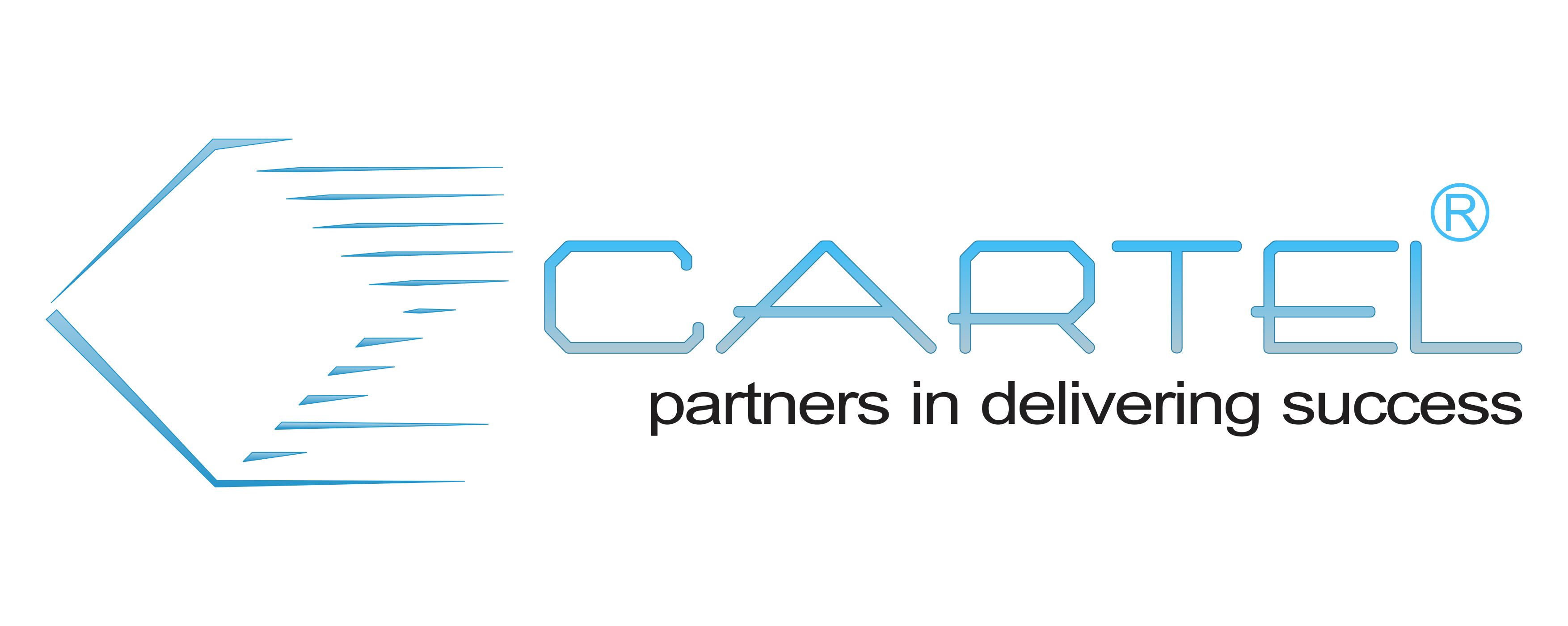vSphere: Install, Configure, Manage
Overview
– Describe the software-defined data center
– Deploy an ESXi host and create virtual machines
– Describe vCenter Server architecture
– Deploy a vCenter Server instance or VMware vCenter Server Appliance
– Use vCenter Server to manage an ESXi host
– Configure and manage vSphere infrastructure with VMware vSphere Client and VMware vSphere Web Client
– Configure virtual networks with vSphere standard switches
– Use vCenter Server to manage various types of host storage: VMware vSphere VMFS, NFS, virtual SAN, and Virtual Volumes
– Manage virtual machines, templates, clones, and snapshots
– Create a vApp
– Describe and use the content library
– Migrate virtual machines with VMware vSphere vMotion
– Use VMware vSphere Storage vMotion to migrate virtual machine storage
– Monitor resource usage and manage resource pools
– Use VMware vRealize Operations Manager to identify and solve issues through analytics and alerts
– Manage VMware vSphere High Availability and VMware vSphere Fault Tolerance
– Use VMware vSphere Replication and VMware vSphere Data Protection to replicate virtual machines and perform data recovery
– Use VMware vSphere Distributed Resource Scheduler clusters to improve host scalability
– Use vSphere distributed switches to improve network scalability
– Use VMware vSphere Update Manager to apply patches and perform basic troubleshooting of ESXi hosts, virtual machines, and vCenter Server operations
Course Details
Course Introduction
– Introductions and course logistics
– Course objectives
– References and resources
Software-Defined Data Center
– Introduce components of the software-defined data center
– Describe where vSphere fits into the cloud architecture
– Install and use vSphere Client
– Overview of ESXi
Creating Virtual Machines
– Introduce virtual machines, virtual machine hardware, and virtual machine files
– Create and work with virtual machines and templates
vCenter Server
– Introduce the vCenter Server architecture
– Deploy and configure vCenter Server Appliance
– Use vSphere Web Client
– Manage vCenter Server inventory objects and licenses
Configuring and Managing Virtual Networks
– Describe, create, and manage standard switches
– Configure virtual switch security and load-balancing policies
– Create, configure, and manage vSphere distributed switches, network connections, and port groups
Configuring and Managing Virtual Storage
– Introduce storage protocols and storage device types
– Discuss ESXi hosts using iSCSI and NFS storage
– Create and manage VMFS and NFS datastores
– Introduce VMware Virtual SAN
– Introduce Virtual Volumes
Virtual Machine Management
– Use templates and cloning to deploy new virtual machines
– Modify and manage virtual machines
– Perform vSphere vMotion and vSphere Storage vMotion migrations
– Create and manage virtual machine snapshots
– Create vApps
– Introduce the types of content libraries and how to deploy and use them
Resource Management and Monitoring
– Introduce virtual CPU and memory concepts
– Configure and manage resource pools
– Describe methods for optimizing CPU and memory usage
– Use various tools to monitor resource usage
– Create and use alarms to report certain conditions or events
– Identify and troubleshoot virtual machine resource issues
– Introduce vRealize Operations Manager for data center monitoring and management
vSphere HA and vSphere Fault Tolerance
– Explain the vSphere HA architecture
– Configure and manage a vSphere HA cluster
– Use vSphere HA advanced parameters
– Introduce vSphere Fault Tolerance
– Enable vSphere Fault Tolerance on virtual machines
– Introduce vSphere Replication
– Use vSphere Data Protection to back up and restore data
Host Scalability
– Describe the functions and benefits of a vSphere DRS cluster
– Configure and manage a vSphere DRS cluster
– Work with affinity and anti-affinity rules
– Use vSphere HA and vSphere DRS together for business continuity
vSphere Update Manager and Host Maintenance
– Use vSphere Update Manager to manage ESXi patching
– Install vSphere Update Manager and the vSphere Update Manager plug-in
– Create patch baselines
– Use host profiles to manage host configuration compliance
– Scan and remediate hosts
Installing vSphere Components
– Install ESXi
– Introduce vCenter Server deployment options
– Describe vCenter Server hardware, software, and database requirements
– Discuss installation of vCenter Server Appliance and a vCenter Server instance
– Demonstrate vCenter Server installation
Prerequisites
– System administration experience on Microsoft Windows or Linux operating systems
– Understanding of concepts presented in the VMware Data Center Virtualization Fundamentals course for VCA-DCV certification
